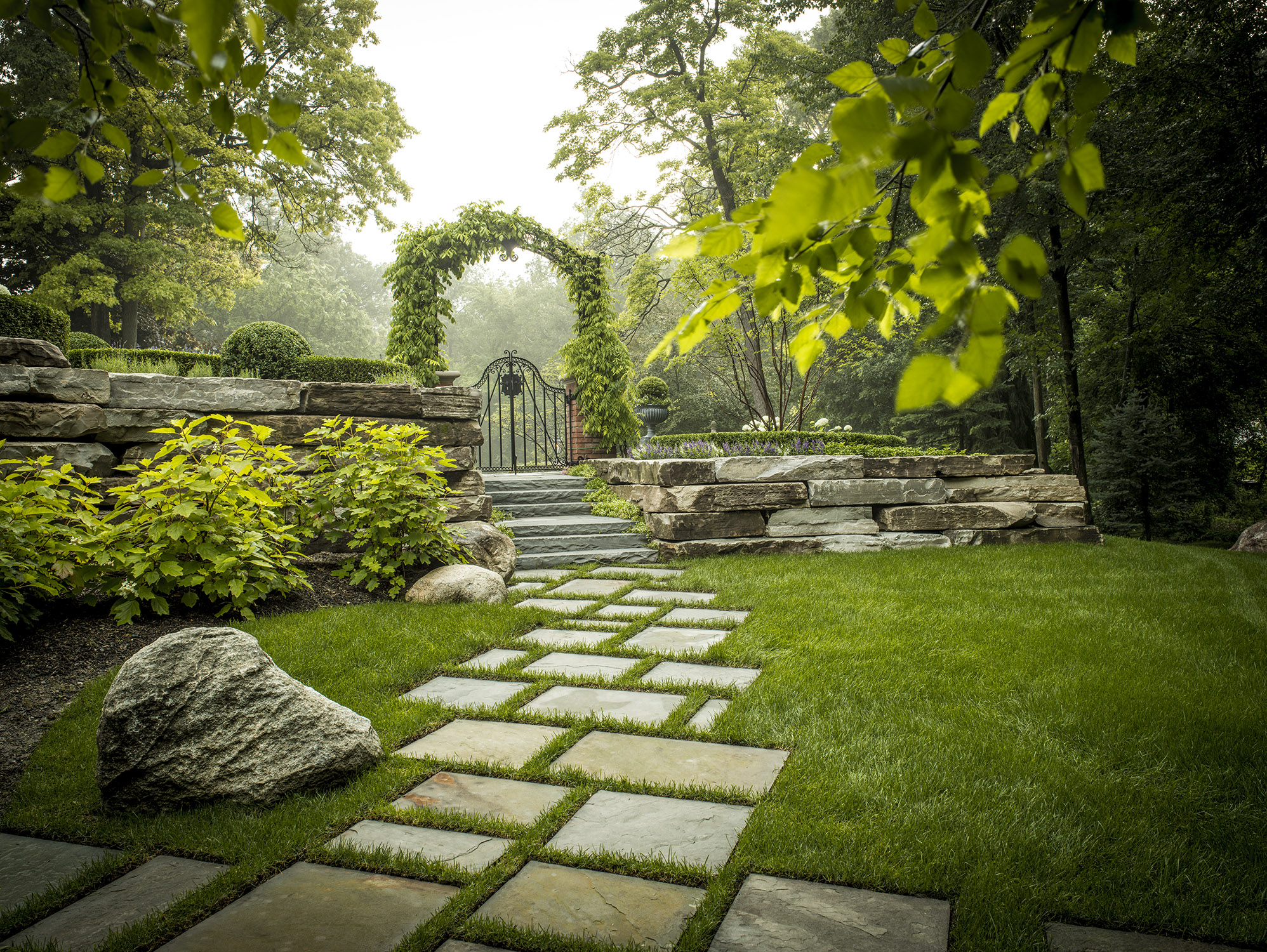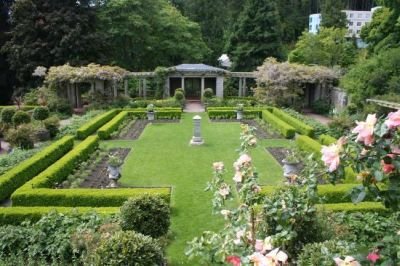Hilton Head Landscapes Can Be Fun For Anyone
The Greatest Guide To Hilton Head Landscapes
Table of ContentsThe 10-Second Trick For Hilton Head LandscapesThe Buzz on Hilton Head LandscapesThe Ultimate Guide To Hilton Head LandscapesFascination About Hilton Head LandscapesUnknown Facts About Hilton Head Landscapes3 Simple Techniques For Hilton Head LandscapesThe Facts About Hilton Head Landscapes RevealedThe Of Hilton Head Landscapes
Type compatibility is additionally a major component of unity in designone or more noticeably various types benefit comparison and emphasis, however generally all other forms should have some similarities for a linked appearance. Structure describes just how coarse or fine the surface of the plant or hardscape product feels and/or looks.
Examples of plants with rugged structure include philodendrons, agaves, bromeliads, hollies, hands, and hydrangeas. Hardscape with crude texture includes rough-cut rock, rough-finished block, and incomplete timber with knots and an increased grain. Aged or old building material that keeps a weather-beaten surface area is usually crude in structure. Features that produce great texture include tiny foliage; thin, strappy leaves (turfs) or high, slim stems; small, thick twigs and small branches; long stems (creeping plants); and little, delicate blossoms.
See This Report about Hilton Head Landscapes
Many plants are moderate structure, because they can not be explained as having either coarse or fine texture. They are defined by medium-sized fallen leaves with easy shapes and smooth edges. The average-sized branches are not largely spaced neither extensively spaced, and the general kind is usually rounded or mounding. Medium-textured plants work as a background to web link and merge the crude- and fine-textured plants.

To make a space feel smaller sized, put the rugged appearances along the outer boundary and the fine appearances closest to the visitor. The information of the crude structure makes the plants appear closer and makes the area feel smaller sized. The regarded appearance of plants can additionally change with the distance from the plant.
The Only Guide to Hilton Head Landscapes
Vibrant shades enhance the contrast and make the texture show up coarser, while soft colors can flatten texture. Hardscape with a crude texturesuch as really harsh rocks and strong, huge timberstends to make all plant product appear more moderate distinctive. Developers often create a structure research study (Figure 8) theoretically to help decide the arrangement of plant products.
Color in plant material and hardscape adds passion and variety to the landscape. Shade is the most noticeable component in the landscape and is typically the emphasis of many homeowners; nevertheless, it is additionally the most momentary element, generally lasting only a few weeks a year for private plants.
See This Report about Hilton Head Landscapes
A straightforward summary of the color wheel includes the three primary colors of red, blue, and yellow; the three additional shades (a mix of 2 primaries) of environment-friendly, orange, and violet; and 6 tertiary colors (a mix of one nearby main and second color), such as red-orange. Color theory describes the partnership of colors to each other and how they should be used in a composition.

Analogous (in some cases called unified) color pattern are any three to five colors that are surrounding on the color wheel, such as red, red-orange, orange, yellow-orange, and yellow, or blue, blue-violet, and violet (bluffton landscaping). The shades belong per other since they generally include two primary shades blended to form a secondary and 2 tertiary shades, which suggests they share common properties
Corresponding colors are frequently discovered naturally in blossoms; a typical set is yellow and violet. Shade is discovered in the flowers, vegetation, bark, and fruit of plants.
Not known Details About Hilton Head Landscapes
Eco-friendly vegetation in all its numerous tones is the leading shade by quantity, yet other shades catch interest more conveniently since of their high contrast to the shade green. Shade is also located in buildings, rocks, pavers, timber, and furniture. A lot of shades in all-natural materials, such as stone and timber, are normally low-key and have a tendency to be variants of brown, tan, and light yellow.
Color is a crucial element for producing passion and variety in the landscape. Colors have properties that can affect emotions, spatial understanding, light quality, equilibrium, and emphasis. One residential property of shade is defined relative to temperaturecolors appear to be awesome or cozy and can affect feelings or feelings. Awesome colors tend to be relaxing and need to be used in locations for relaxation and peacefulness.
The Ultimate Guide To Hilton Head Landscapes
Amazing colors tend to decline and are perceived as being farther away, making a room feel bigger. Shade can also be made use of to record focus and direct sights.
Bright yellow, which has the greatest strength, also has a high comparison with all various other shades (usually defined as a "pop" of shade) and ought to be made use of sparingly. A little quantity of intense color has as much aesthetic weight as a huge amount of a much more subdued or weaker shade.
Comparable (in some cases called unified) color pattern are any 3 to 5 shades that are nearby on the color wheel, such as red, red-orange, orange, yellow-orange, and yellow, or blue, blue-violet, and violet. The colors belong per other since they typically include two primaries blended to create a secondary and two tertiary colors, which indicates they share typical residential or commercial properties.
The Only Guide for Hilton Head Landscapes
Complementary colors are often found naturally in blossoms; a typical pair is yellow and violet. Color is found in the blossoms, foliage, bark, and fruit of plants.
Eco-friendly vegetation in all its various tones is the leading color by quantity, yet various other shades catch focus quicker as a result of their high contrast to the color environment-friendly - hilton head landscapers - https://www.intensedebate.com/profiles/stevenagonzales. Shade is additionally discovered in buildings, rocks, pavers, timber, and furniture. The majority of colors in all-natural materials, such as stone and timber, are normally muted and click for more info often tend to be variants of brown, tan, and light yellow
Some Known Questions About Hilton Head Landscapes.
Shades have homes that can impact feelings, spatial perception, light quality, balance, and emphasis. Awesome shades often tend to be calming and should be made use of in locations for leisure and peacefulness.
Cool shades have a tendency to recede and are viewed as being farther away, making a space feel bigger. Shade can additionally be utilized to capture focus and straight sights - https://triberr.com/h1tnhdlndscps.
Bright yellow, which has the highest possible intensity, likewise has a high contrast with all various other colors (usually explained as a "pop" of color) and need to be utilized moderately. A tiny quantity of intense shade has as much visual weight as a big quantity of a more controlled or weaker color.